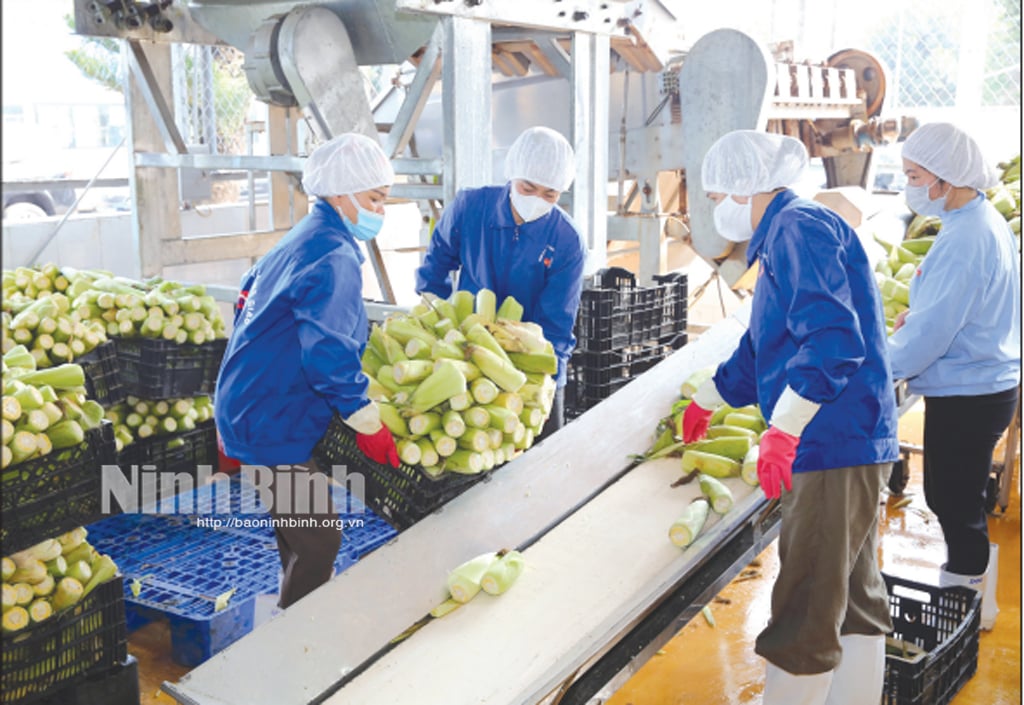
Increase your advantage
Prof. Dr. Dao Xuan Hoc, former Deputy Minister of Agriculture and Rural Development, has profound comments on this great potential: The merger is not just a simple administrative change but a strategic decision, creating a much larger and more diverse agricultural development space. He analyzed: The combination of the fertile alluvial land of Nam Dinh and Ha Nam and the diverse terrain of Ninh Binh (old) creates ideal conditions for diversifying production. Specifically, Nam Dinh stands out with a 72 km long coastline and nearly 17 thousand hectares of water surface, favorable for developing high-value aquaculture and exploitation. This is also a large rice granary with nearly 880 thousand tons of rice/year, of which 85% is high-quality rice with many famous specialty varieties. Ha Nam has advantages in high-tech agricultural zones, currently with 4 zones with a total area of nearly 500 hectares, helping to increase productivity and product value by 3-4 times compared to mass production; has significant livestock and dairy output, with over 99 thousand tons of fresh meat for sale and over 11 thousand tons of milk per year on average. Meanwhile, Ninh Binh, although its area is not large, possesses a rich variety of agricultural products, from specialty rice to fruit trees, vegetables, livestock and specialty aquatic products. This diversity allows the formation of specialized areas, the application of high-tech and organic agriculture and the development of ecological agriculture associated with tourism.
Mr. Nguyen Ngoc Luan, Institute of Strategy and Policy on Agriculture and Environment, sees it from another perspective: The diversity of terrain and ecology is an advantage that helps Ninh Binh province develop a diverse rural economy , not only in terms of plants and animals, but also in terms of services, tourism, craft villages and processing industry. The resonance between regions will create the ability to coordinate along the value chain, reduce dispersion and increase connectivity.
With a larger population and scale, the domestic consumption market will increase significantly. The strategic geographical location, close to the capital Hanoi and the improved transportation system will help agricultural products easily access large markets and facilitate exports. In particular, Ninh Binh, with its huge tourism potential, will be an important bridge, helping to promote and consume local agricultural products directly to tourists, stimulating demand for agricultural, forestry, fishery and food products.
Notably, the merger will create an extremely rich treasure trove of OCOP products. By the end of 2024, Ninh Binh will have more than 200 OCOP products, Nam Dinh will have more than 600 products and Ha Nam will have 157 products. In total, the new province will own more than 960 OCOP products. This is an outstanding competitive advantage, creating diversity for souvenirs, gifts and specialty foods that directly serve the tourism market.
In addition, a larger province will have a stronger attraction for investment from both the state budget, international organizations and the private sector. At the same time, the ability to attract research institutes and universities to cooperate and transfer scientific and technological advances into production will also increase, improving productivity and quality of agricultural products. Ha Nam has taken the lead in applying high technology to agricultural production. Nam Dinh has also strongly implemented the application of advanced quality management programs such as VietGAP, HACCP, ISO and invested in modern agricultural processing factories. This combination will promote the development of more modern and sustainable agriculture in the entire region.
Businesses optimistic about new opportunities
Enterprises operating in the agricultural sector in the region also clearly expressed optimism about the opportunities that the merger of the three provinces brings. Mr. Nguyen Van Can, Director of Moc Bac Dairy Cow Breeding and Milk Joint Stock Company, said: “The merger is a strategic step, especially for Ninh Binh - a leading tourist destination in the country. With a large number of tourists flocking here each year, the demand for consumer products, including high-quality milk and dairy products, is huge. Now that we are a unified bloc, expanding distribution channels and introducing our products to tourists and people of Ninh Binh will be much easier. This is a golden opportunity for us to increase production, expand market share and affirm our brand in a larger area.”
Ms. Do Thi Phuong Thao, Export Director of Lenger Vietnam Co., Ltd., a unit specializing in purchasing and exporting seafood, shared her joy about optimizing raw material areas: Previously, to ensure high-quality raw materials, we often had to cooperate with many different localities, and management and quality control were sometimes scattered. Now, with the merger, especially when Ninh Binh and Nam Dinh became part of the new province, our seafood raw material areas are almost in one administrative unit. This brings great benefits in supply chain management, product quality control from farming, fishing to processing and exporting. Optimizing the purchasing and transportation process will help reduce costs, increase business efficiency and enhance the competitiveness of Vietnamese seafood products in the international market. Strategic solutions for effective exploitation
To turn potentials and advantages into reality, Prof. Dr. Dao Xuan Hoc emphasized: There must be synchronous and drastic solutions, in which a master plan and clear development orientation are the first steps. Mr. Hoc affirmed: “There must be a master plan for the use of agricultural land, raw material areas, livestock areas, and aquaculture areas in a scientific and sustainable manner. At the same time, it is necessary to clearly identify the key products with competitive advantages of the new province to focus on investment and development in the direction of specialization”. In addition, it is necessary to promote the application of science and technology and innovation, it is impossible to develop modern agriculture without technology. It is necessary to encourage and support businesses and farmers to apply high technology to the production, processing, and preservation of agricultural products. Build research centers and apply technology in agriculture right in the province. In addition, focus on building brands for local agricultural products. In particular, take advantage of the province's tourism to develop agriculture associated with experiential tourism and eco-tourism.
Mr. Nguyen Ngoc Luan also proposed new policy ideas for rural economic development in Ninh Binh province after the merger: Reorganize development space according to ecosystems and inter-regional functions: Plan plain areas such as Yen Khanh, Nghia Hung, Binh Luc into specialized agricultural production centers (high-quality rice, exported vegetables and fruits, chain livestock farming). The areas around Trang An, Tam Chuc, Phat Diem can form an agricultural-ecological-craft village tourism belt, combining farmstay, homestay with clean agricultural experiences. Meanwhile, mountainous areas such as Nho Quan, Thanh Liem are suitable for developing agroforestry models, medicinal plants, forest canopy economy or semi-natural livestock farming. This zoning is not only to direct production but also to reorganize rural economic space, determine the mechanism for budget allocation, public investment and public services. Mr. Luan also noted that planning and zoning do not necessarily have to separate rural and urban areas, but need to take into account the development structures of "villages in cities, cities in villages", "satellite centers" and the model of "rural harmony with urban areas".
Rural areas must become a vibrant ecosystem combining production, culture, environment and technology. Policies need to aim at promoting green economy, high-tech agriculture, organic agriculture, ecology, experiential tourism, outdoor education, digital technology in agricultural trade and rural logistics. There needs to be a specific mechanism to support agricultural startups and the young generation starting businesses in their hometowns. The development of renewable energy and circular agriculture models also need to be integrated. With existing advantages and synchronous solutions from the government to the business community, we believe that Ninh Binh province has full potential to become a modern, efficient and sustainable agricultural center of the Red River Delta, making an important contribution to food security and the overall economic development of the country.
Source: https://baoninhbinh.org.vn/nong-nghiep-don-van-hoi-moi-711349.htm


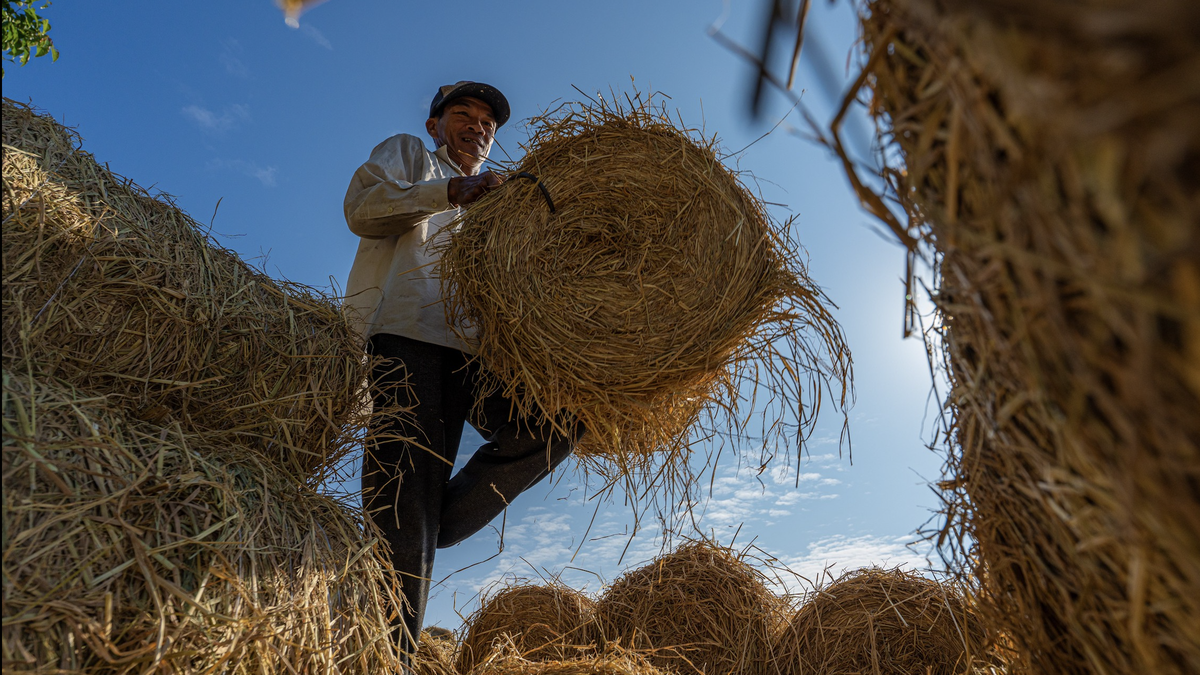
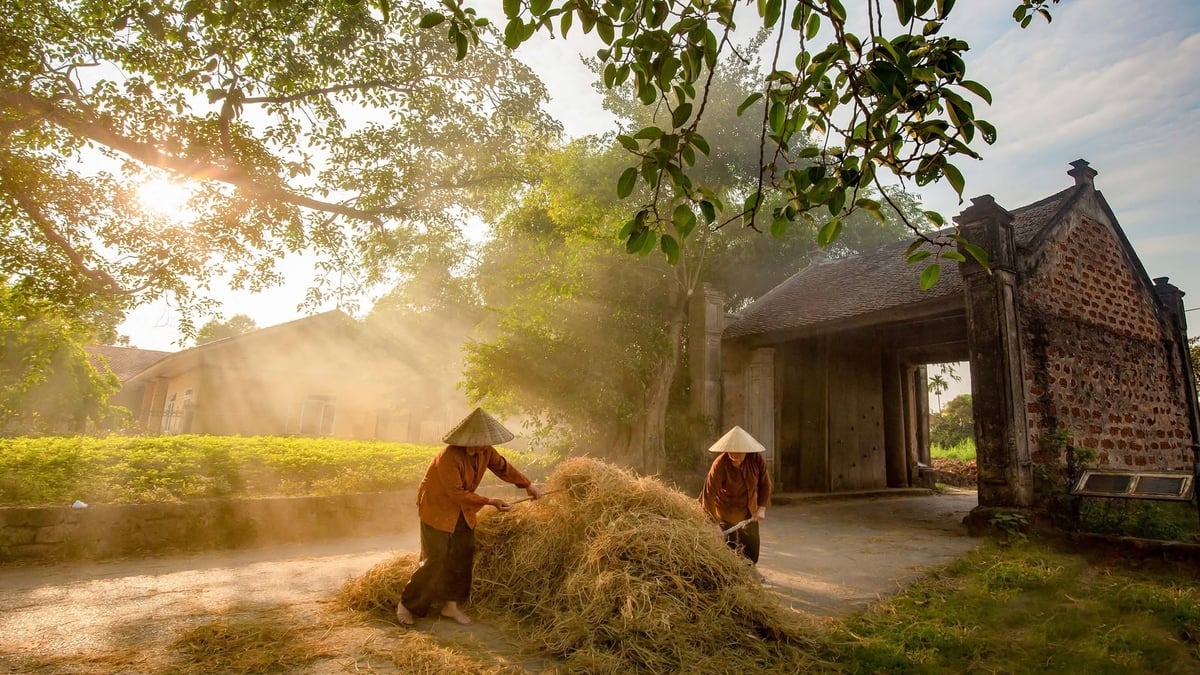

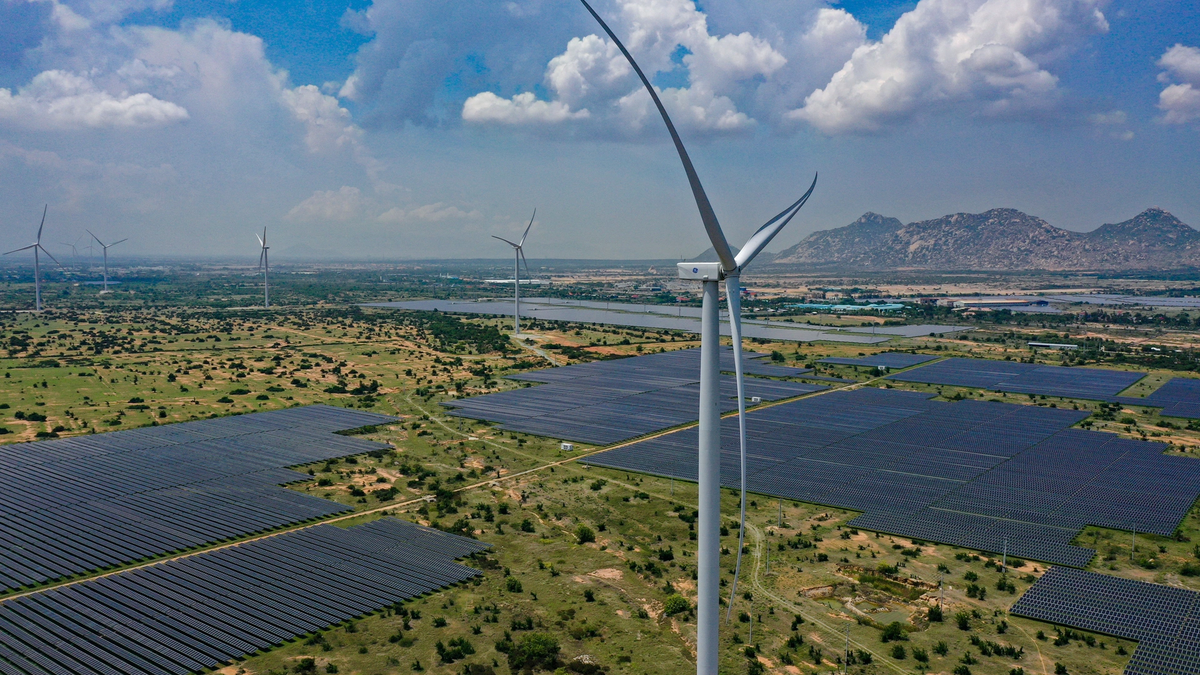


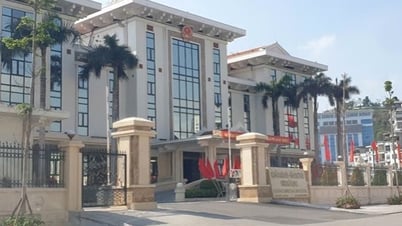

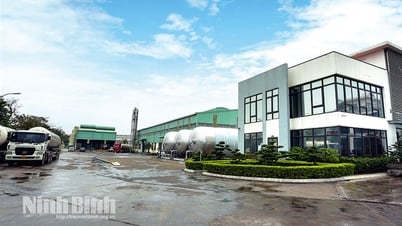
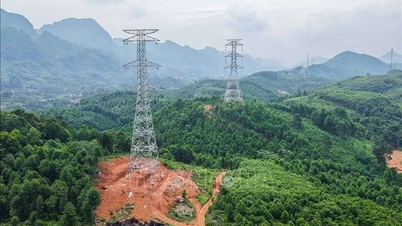

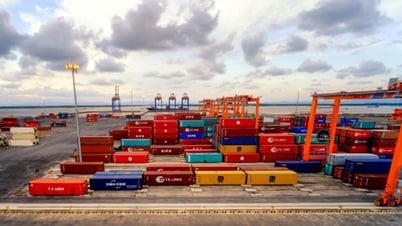



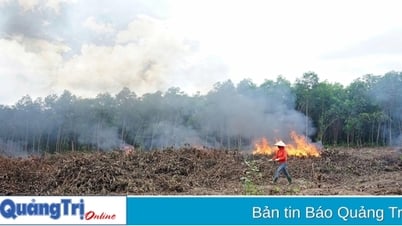





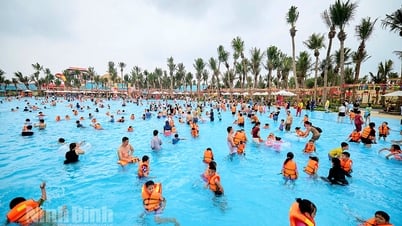


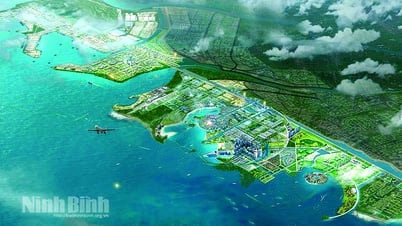
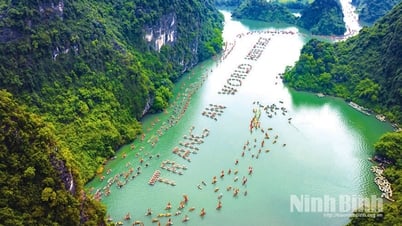
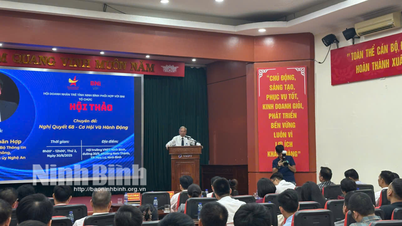






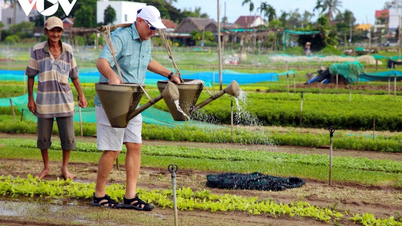

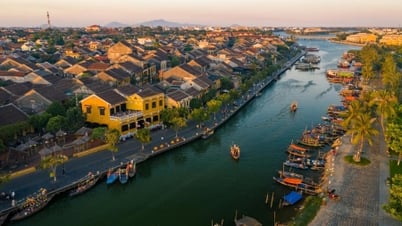



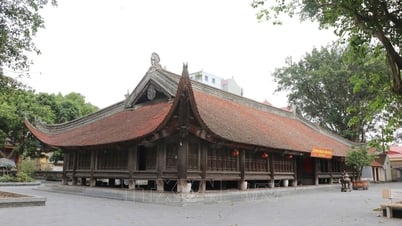







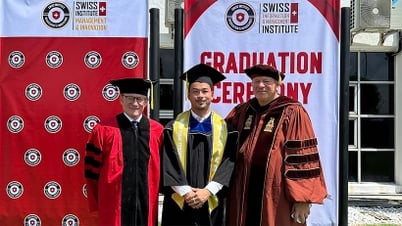









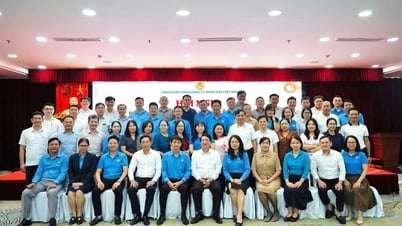
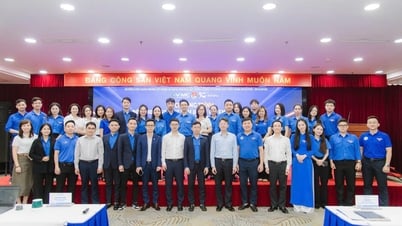










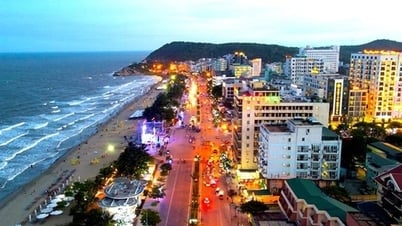

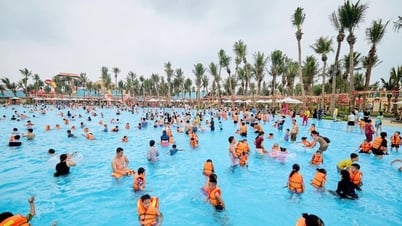






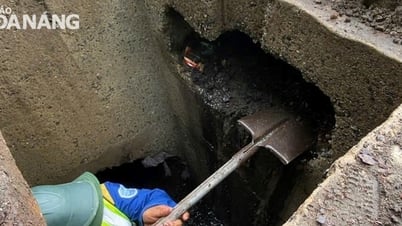


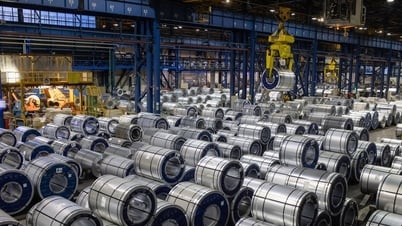
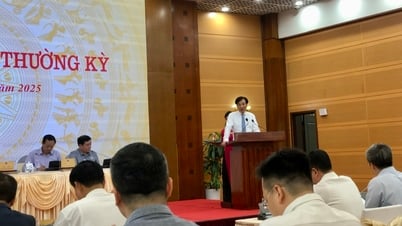

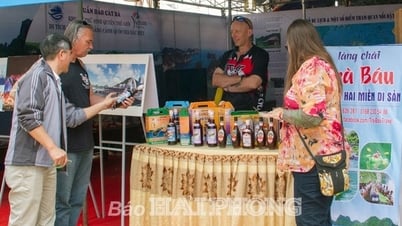



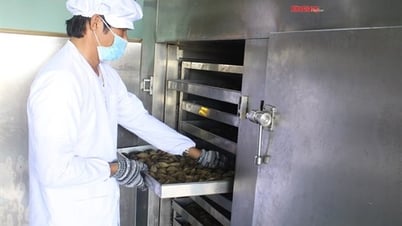

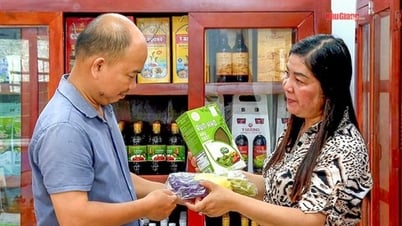
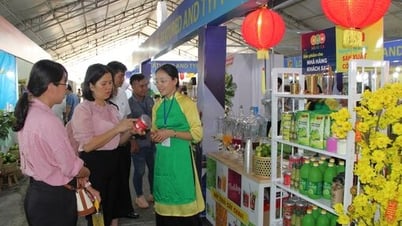






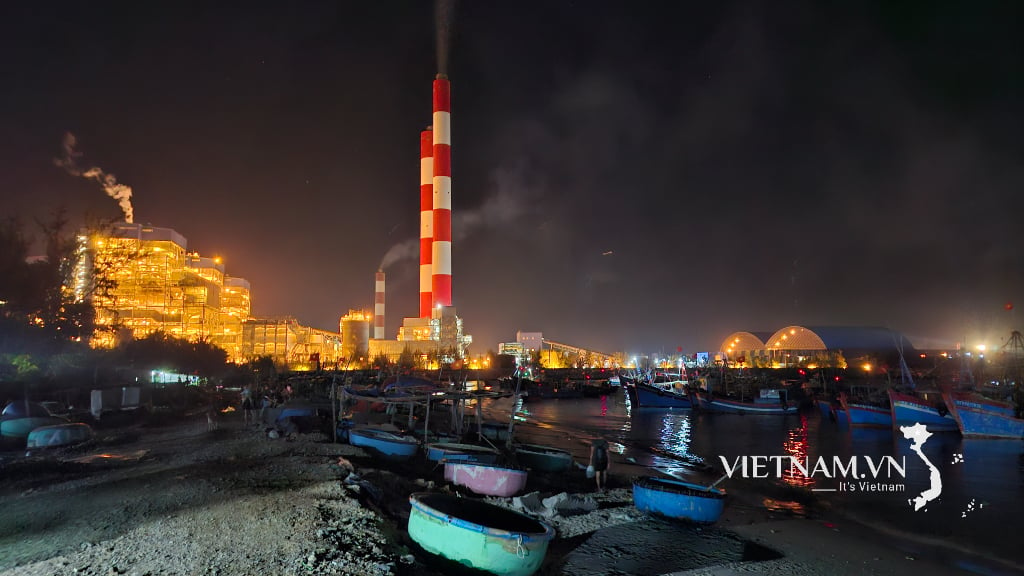

Comment (0)